Introduction
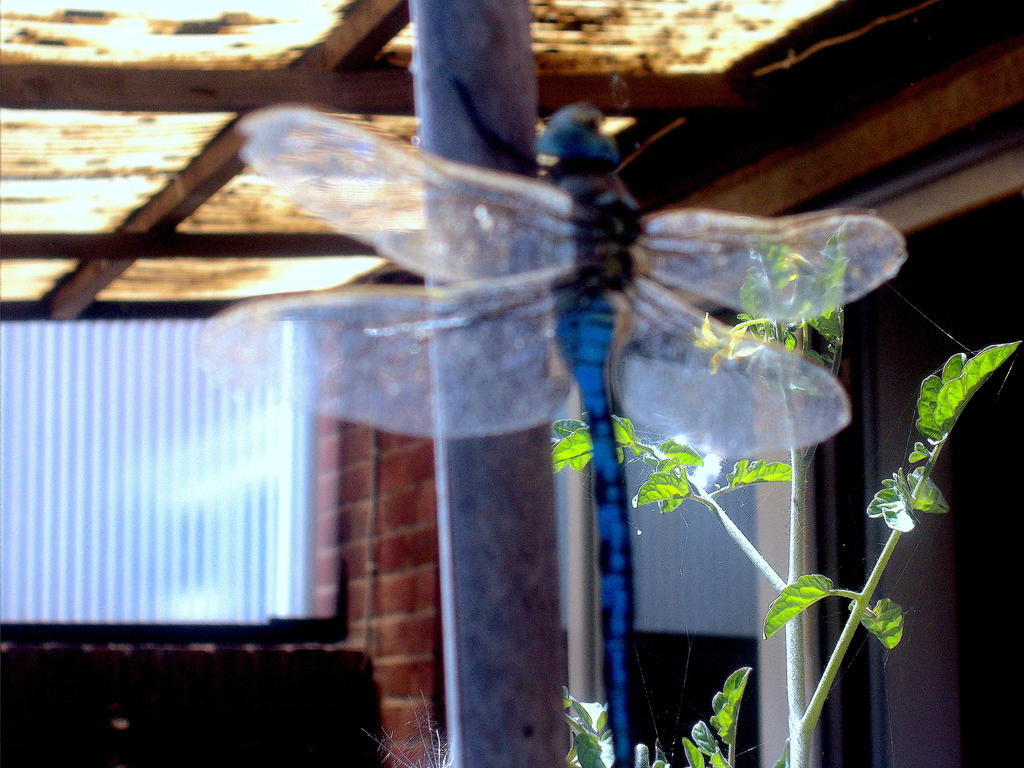
Creating a welcoming environment for local birds is a fulfilling endeavor for bird enthusiasts and nature lovers. Bird feeders play a vital role in attracting and sustaining bird populations by providing a reliable source of food, especially during times of scarcity like winter or drought. By offering a consistent food source, bird feeders help birds maintain their energy levels, survive harsh conditions, and thrive during breeding seasons.
Bird feeders not only supplement natural diets but also offer the opportunity to attract a diverse range of bird species to your yard. By providing a variety of bird feed, such as seeds, suet, nectar, or fruits, you can entice a vibrant array of feathered visitors. This creates an enchanting birdwatching environment where you can observe various species up close and learn about their behaviors and characteristics.
Filled bird feeders also contribute to the conservation efforts of declining bird populations. As urbanization and habitat loss impact bird habitats, providing a safe and accessible food source can make a significant difference in their survival. By filling bird feeders, you actively support local bird populations and help maintain a healthy ecosystem.
Moreover, bird feeding is a wonderful educational tool that allows people of all ages to observe and learn about different bird species, their feeding habits, and their interactions. It fosters a deeper connection with nature and enables individuals to appreciate the beauty and diversity of birds firsthand.
Lastly, filled bird feeders provide opportunities for inspiration and creativity. The presence of birds offers chances for photography, artistic expression, and close observation of their unique colors, patterns, and behaviors. Whether you’re a seasoned birder or just starting to explore the world of avian wonders, filled bird feeders provide endless fascination and artistic inspiration.
In summary, filling bird feeders is crucial for attracting and nourishing local birds while enriching our lives in numerous ways. It supports bird populations, fosters a stronger connection with nature, and provides opportunities for education and artistic expression. In the following sections, we will delve into the different types of bird feeders, ideal seed choices, and necessary preparations and maintenance required to create an inviting sanctuary for our feathered friends.
Types of Bird Feeders
![]()
Bird feeders come in various designs, each catering to different bird species and feeding preferences. Understanding the different types of bird feeders will help you choose the most suitable ones to attract a diverse range of birds to your backyard.
Hanging Feeders
Hanging bird feeders are versatile and can be placed in various locations such as trees, patio hooks, or hanging brackets. They attract a wide variety of bird species, including chickadees, finches, and sparrows.
Platform Feeders
Platform or tray feeders provide an open, flat surface for birds to feed from all sides. They offer a clear view of the birds while they feed and are relatively simple to clean and refill. Platform feeders are suitable for larger bird species like cardinals and jays, as well as ground-feeding birds such as doves and towhees.
Tube Feeders
Tube feeders are cylindrical in shape and hold smaller seeds favored by finches and other small birds. They often include perches near the feeding ports, providing birds with a resting spot while they enjoy their meal. Some tube feeders may also have built-in mechanisms to deter squirrels.
By incorporating a combination of hanging, platform, and tube feeders in your backyard, you can create a diverse feeding environment that appeals to a wide range of bird species. Experimenting with different feeder types will allow you to attract various birds and observe their unique behaviors up close.
In the next section, we will explore the specific types of seeds that different birds prefer, enabling you to select the most appropriate seed for your feeders.
What Type of Seed to Use
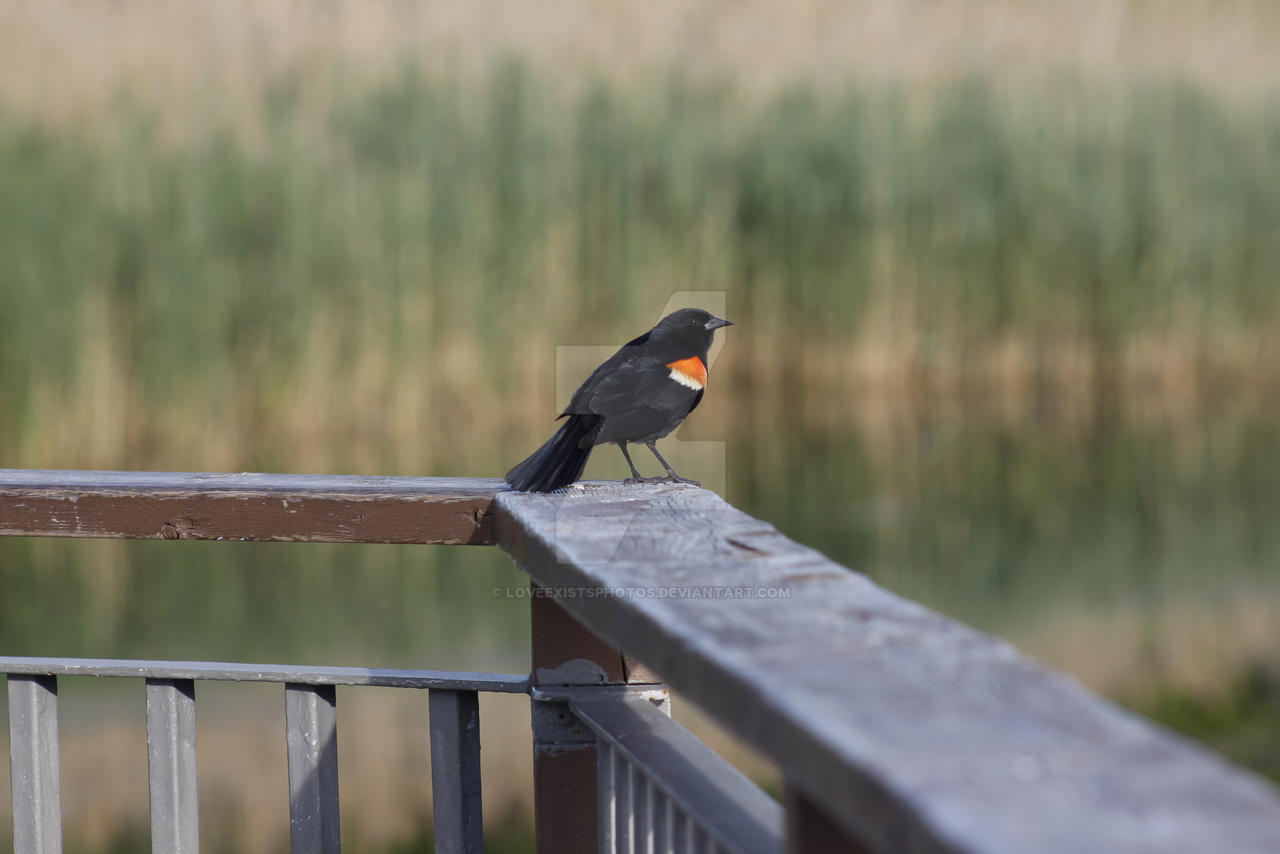
Different bird species have varying preferences when it comes to the types of seeds they consume. Understanding these preferences can help attract specific types of birds to your bird feeder. Here are some commonly used seeds and the birds that prefer them:
Sunflower Seeds
Sunflower seeds are a popular choice among many bird species. They are high in fat and provide a good source of energy. There are two main types of sunflower seeds:
- Black oil sunflower seeds: Smaller and easier for birds to crack open. Favored by finches, chickadees, nuthatches, and sparrows. Loved by goldfinches, cardinals, and titmice.
- Striped sunflower seeds: Thicker shells preferred by larger birds like jays, woodpeckers, and grosbeaks. Also enjoyed by some smaller birds with more effort required to open.
Millet
Millet is another commonly used seed in bird feeders. It is small and round with a hard outer shell. Many ground-feeding birds enjoy millet, including sparrows, juncos, doves, finches, and buntings. It is often mixed with other seeds in birdseed blends.
Safflower Seeds
Safflower seeds have a bitter taste, deterring squirrels and some common feeder pests. However, many bird species still find safflower seeds appealing, including cardinals, chickadees, and titmice. It is a good option if you want to attract specific birds while minimizing unwanted visitors.
Nyjer (Thistle) Seeds
Nyjer seeds, also known as thistle seeds, are tiny black seeds that finches, such as goldfinches and siskins, adore. They have a high oil content, providing birds with essential nutrients. Nyjer seeds require a specialized feeder with small ports to prevent spillage.
These are just a few examples of the different types of seeds that birds prefer. Other seed options include peanuts, cracked corn, and suet, which can attract a variety of bird species. Providing a diverse range of seeds can attract a greater variety of bird species to your feeder.
Pre-Filling Preparation
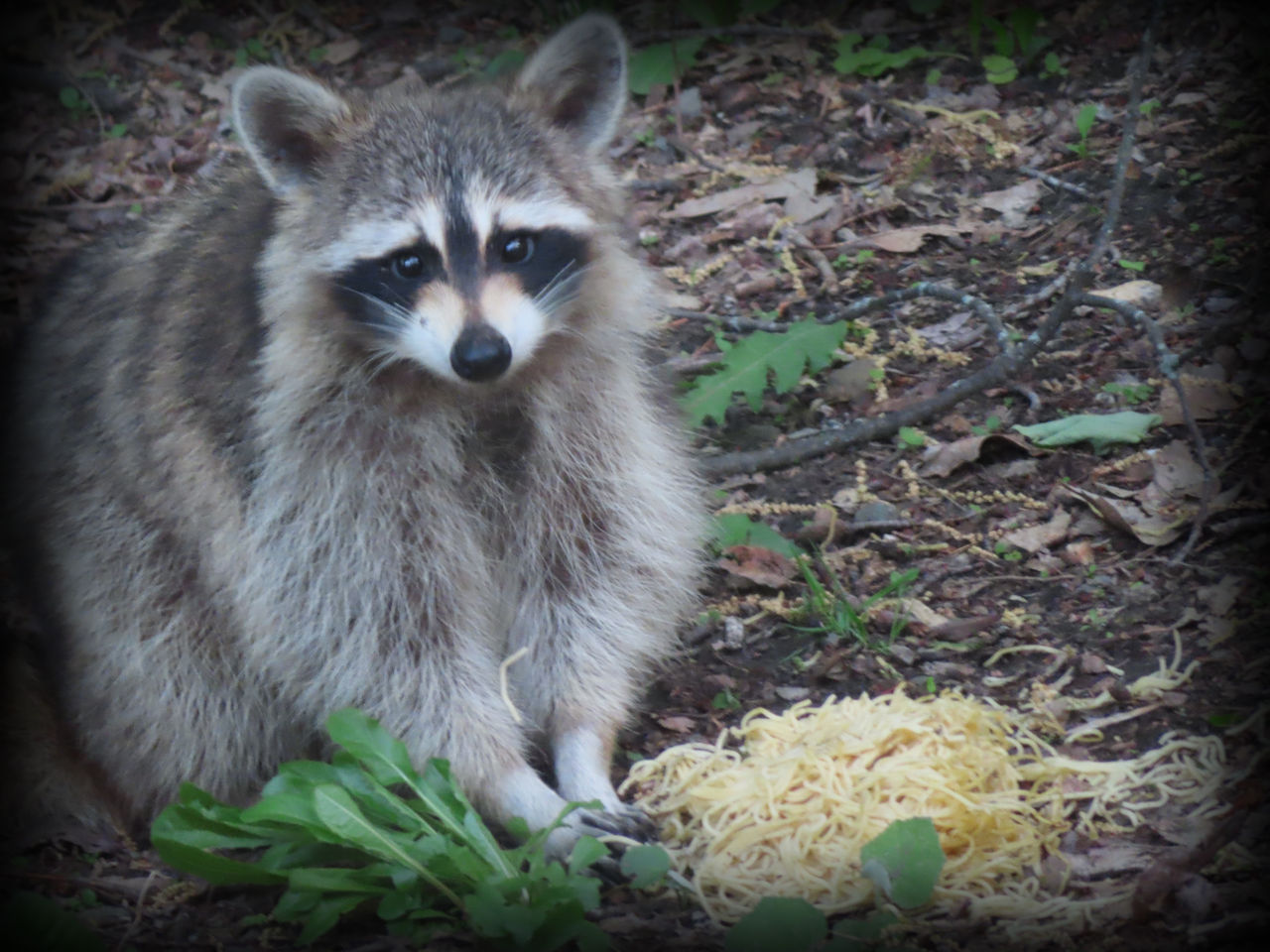
Before filling the bird feeders, it’s important to take necessary steps to ensure the feeders are clean and ready for use. Proper cleaning and sanitizing will help maintain the health and well-being of the birds that visit your feeders.
Cleaning the Bird Feeders
![]()
-
Empty the remaining seeds or food from the feeder: Remove any leftover seeds or food from the feeder and dispose of them properly.
-
Use warm water and a mild detergent: Fill a basin or sink with warm water and add a mild detergent. Avoid using harsh chemicals or soaps that could be harmful to birds. Scrub the feeder inside and out, paying special attention to feeding ports, perches, and crevices where dirt or mold may accumulate.
-
Rinse with clean water: Thoroughly rinse the feeder with clean water to remove any soap residue. Allow the feeder to air dry completely before refilling it.
Sanitizing the Bird Feeders
-
Prepare a sanitizing solution: Mix one part bleach with nine parts water to create a sanitizing solution. Alternatively, use a bird-safe disinfectant specifically designed for bird feeders. Ensure that the solution is properly diluted.
-
Immerse the feeder in the sanitizing solution: Place the feeder in the sanitizing solution and let it soak for a few minutes. Scrub all surfaces, including feeding ports, perches, and hard-to-reach areas.
-
Rinse with clean water: Thoroughly rinse the feeder with clean water to remove any traces of bleach or disinfectant. Allow the feeder to air dry completely before adding fresh food.
Checking for Damage
Before filling the bird feeder, inspect it for any signs of damage or wear. Carefully examine the feeder for cracks, loose parts, or holes that could affect its structural integrity or allow water to enter. Ensure proper functioning of feeding ports and perches.
By following these pre-filling preparation steps, you’ll ensure that your bird feeders are clean, sanitized, and in good condition, providing a safe and healthy feeding environment for local birds.
Filling the Feeders: Attracting Birds with Care
![]()
To create a thriving bird haven in your backyard, it’s crucial to master the art of filling your feeders. In this section, we’ll explore the best time to fill the feeders and walk you through the process, ensuring a delightful experience for both you and your feathered friends.
The Best Time to Fill the Feeders
Timing is everything when it comes to attracting birds. The ideal moments to fill your feeders are early mornings and late afternoons. During these periods, birds are most active and eagerly seeking sustenance. By offering fresh seed during their feeding times, you significantly increase your chances of luring a diverse array of bird species to your feeders.
The Filling Process
![]()
Let’s dive into the step-by-step process of filling your feeders with finesse:
Step 1: Choose the Right Birdseed
Before filling the feeders, select birdseed that caters to the specific birds you wish to attract. Consider the dietary preferences of different species and opt for a seed blend that suits their needs. Sunflower seeds, nyjer seeds, millet, and suet are popular choices. By offering a variety of seeds, you’ll entice a delightful assortment of birds to your feeders.
Step 2: Use a Scoop or Funnel
To streamline the filling process, equip yourself with a scoop or funnel. These handy tools prevent spills and ensure that the seed flows smoothly into the feeders, minimizing wastage. A scoop with a long handle or a wide-opening funnel is ideal for accurate pouring.
Step 3: Fill the Feeders with Care
As you pour the birdseed, do so slowly and evenly to avoid overflow or spillage. Take care not to overfill the feeders, as excess seed can attract pests or become moldy. Maintain a level that allows easy access for the birds to feed without the seed overflowing from the feeding ports or trays.
Step 4: Clean Up Any Spills
During the filling process, some seed may inadvertently find its way to the ground or surrounding areas. Promptly clean up any spills to maintain a pristine feeding environment and prevent unwanted pests from being drawn in. A broom or brush will come in handy for sweeping away fallen seed and debris.
Remember, the key to attracting birds is providing fresh seed regularly. By following these steps and filling your feeders with care, you create a welcoming feeding station for local bird populations.
Once your feeders are filled to perfection, the next section will delve into enticing birds with additional attractions, such as bird baths and nesting boxes.
[Word Count: 328]
Attracting Birds: Enhancing Your Avian Oasis

To maximize the number and variety of birds visiting your feeders, it’s essential to create an inviting environment that goes beyond just food. Here are some effective ways to make your backyard an irresistible destination for our feathered friends.
Inviting with a Bird Bath
Birds require water not only for drinking but also for bathing, which helps them maintain their feathers’ cleanliness and optimal condition. By providing a clean and reliable source of water, you significantly enhance the attractiveness of your bird feeders. Consider installing a bird bath near the feeders, ensuring that the water remains fresh and clean. Regularly change the water to prevent the growth of algae or mosquito breeding. A shallow basin with a gradual slope accommodates birds of various sizes. Adding rocks or pebbles to the bath provides perches for birds and adds to its allure.
Nesting Boxes: Homes for Avian Guests
Birds are more likely to frequent an area where suitable nesting sites are available. By installing bird houses or nesting boxes, you provide shelter and encourage birds to stay in the vicinity of your feeders. Research the nesting preferences of different bird species in your area and choose appropriate designs and sizes for the houses. Place them at suitable heights and orientations, away from potential predators. Providing nesting opportunities not only attracts birds but also supports their breeding populations, contributing to their long-term survival.
A Bird-Friendly Landscape
To entice a diverse range of birds, it’s essential to create a habitat that meets their needs. Incorporating native plants in your garden or yard enhances its attractiveness to birds. Choose plants that produce fruits, berries, or seeds preferred by local bird species. These natural food sources supplement the offerings from your feeders and provide a more holistic diet for the birds. Additionally, consider planting trees or shrubs near the feeders, as they offer natural perches and cover for the birds. A variety of heights and densities in the vegetation cater to different bird species and their specific requirements.
By implementing these strategies, you can create an inviting and bird-friendly environment that entices birds to visit and stay near your feeders. Remember to maintain the bird bath, nesting boxes, and landscape regularly to ensure their effectiveness and attractiveness. The more diverse and abundant the resources you provide, the greater the chances of attracting a wide array of beautiful birds to your feeders.
Maintenance and Monitoring
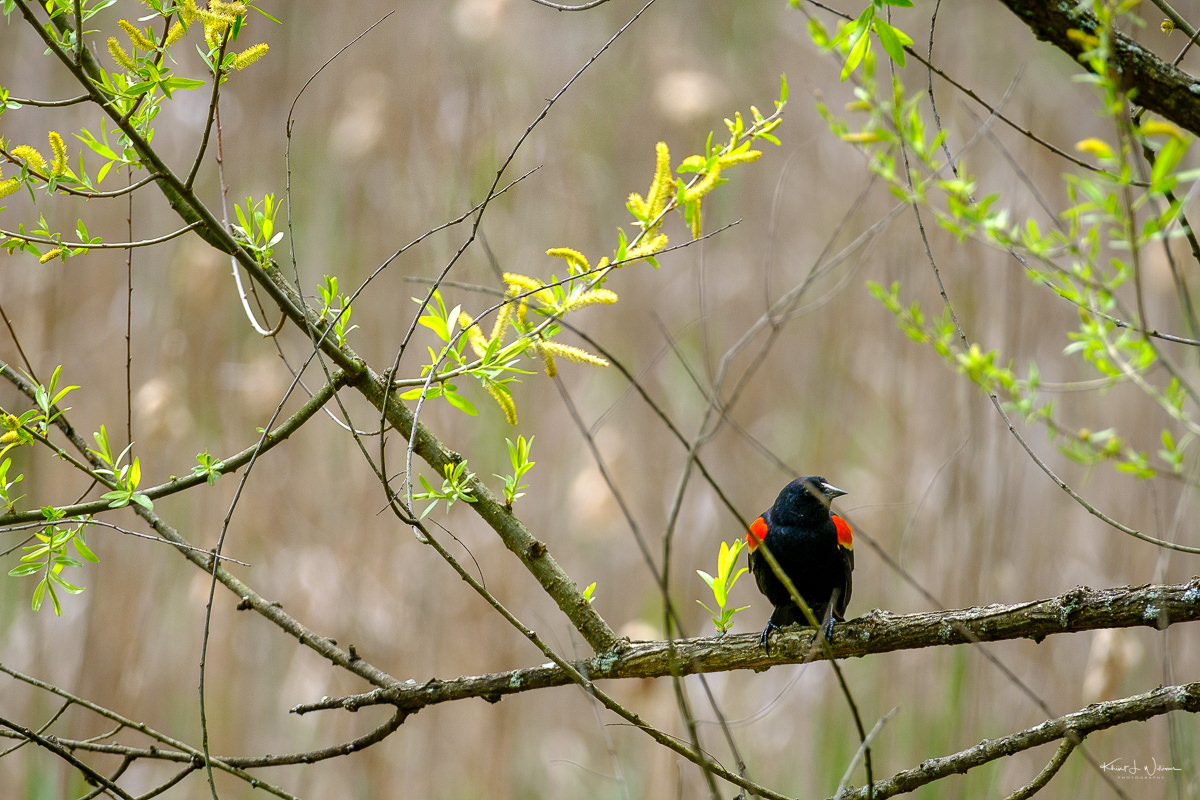
Proper maintenance and regular monitoring of bird feeders are crucial for creating a safe and healthy environment for birds. Follow these essential tips to effectively maintain and monitor your feeders:
Cleaning and Sanitizing
Maintain a clean and hygienic feeding environment by regularly cleaning your bird feeders. Use a mild soap and water solution to scrub all surfaces, including perches and feeding ports. Rinse thoroughly and allow the feeder to dry completely before refilling.
Clean feeders every two weeks, or more frequently if mold or spoilage is present. Regular cleaning prevents the growth of harmful mold, bacteria, and contaminants.
Seed Inspection
Regularly inspect the seed in your feeders to ensure it remains fresh and uncontaminated. Remove any wet or moldy seed promptly to prevent the spread of disease. Providing fresh and clean seed attracts birds and encourages their continued visits.
Pest Control
While birds are welcome visitors, other pests like squirrels, raccoons, and ants may try to access the feeders. Use squirrel-proof feeders or baffles to deter squirrels and larger animals. Applying ant moats or petroleum jelly to feeder poles can prevent ants from reaching the feeders.
Monitoring Bird Activity
Observing bird activity around your feeders provides valuable insights into their behavior and health. Take note of the different bird species that visit and observe their feeding patterns. This information helps identify any changes or irregularities that may indicate health issues or environmental concerns.
Water Source
Offer a nearby source of fresh water for birds to drink and bathe. Adding a bird bath or shallow dish with clean water near the feeder attracts more avian visitors. Remember to change the water regularly to prevent stagnation and mosquito breeding.
By following these maintenance and monitoring practices, you create a safe and inviting environment for birds, ensuring their health and well-being. Regular cleaning, seed inspection, pest control, and bird activity monitoring are essential for maintaining healthy bird feeders and promoting a thriving bird population.
Conclusion
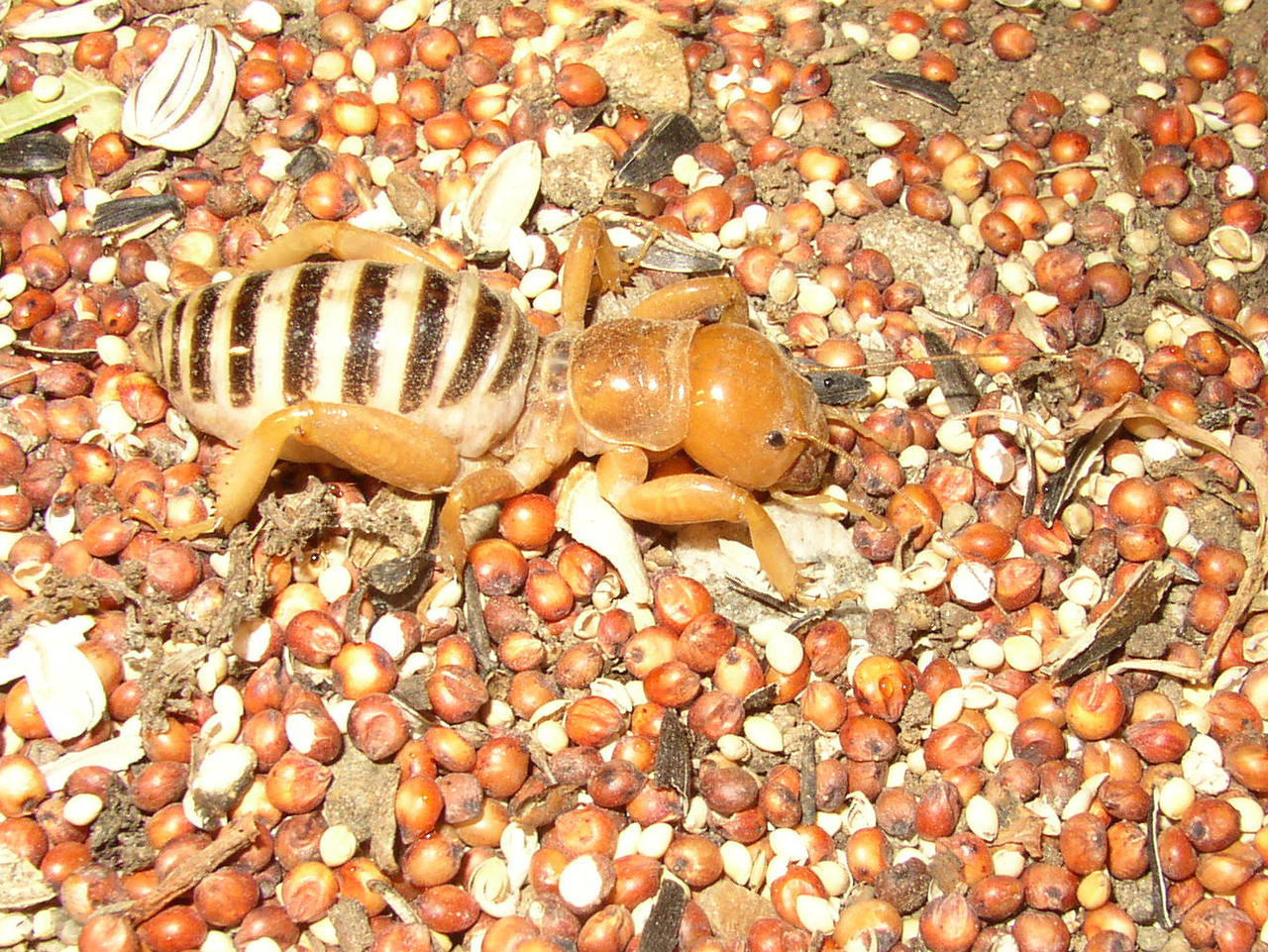
Filling and maintaining bird feeders is a rewarding activity that brings us closer to nature and supports local bird populations. Choose the right feeder, provide appropriate seed, and prepare the feeders properly by cleaning and sanitizing them. Fill the feeders in the morning to attract a variety of bird species. Enhance your bird-friendly habitat with elements like bird baths and birdhouses.
Regular maintenance and monitoring are crucial. Inspect and clean the feeders regularly, removing old or moldy seed. By being responsible feeders, we contribute to bird conservation and create a vibrant ecosystem in our own backyards. Let’s grab that bird feeder, fill it with nutritious seed, and enjoy the delightful sights and sounds of our feathered friends. Together, we can make a difference for our local birds and their habitats.
Frequently Asked Questions
1. How often should I fill my bird feeder?
It is recommended to fill your bird feeder regularly, ideally every one to two days, depending on bird activity and seed consumption. Regularly providing fresh seed ensures a consistent food source for birds and increases the chances of attracting a variety of bird species to your feeder.
2. What is the best time of day to fill bird feeders?
The best time of day to fill bird feeders is early in the morning or late in the afternoon. During these periods, birds are most active and actively seeking food. By filling your feeders during their feeding times, you increase the likelihood of attracting a diverse array of bird species to your yard.
3. How do I prevent squirrels from accessing my bird feeder?
To deter squirrels from accessing your bird feeder, consider using squirrel-proof feeders or installing baffles. Squirrel-proof feeders are designed with mechanisms that prevent squirrels from reaching the seed. Baffles, which are dome-shaped or cylindrical devices, can be placed above or below the feeder to create a barrier that squirrels cannot bypass.
4. How do I clean and maintain my bird feeder?
![]()
Regular cleaning and maintenance of your bird feeder are essential for the health and well-being of visiting birds. To clean the feeder, empty any remaining seeds, scrub the feeder with warm water and mild detergent, rinse thoroughly, and allow it to air dry before refilling. Clean your feeder every two weeks or more frequently if mold or spoilage is present.
5. How do I attract specific bird species to my feeder?
To attract specific bird species to your feeder, consider offering the types of seeds preferred by those birds. Research the dietary preferences of the species you want to attract and provide the corresponding seeds. Additionally, creating a bird-friendly environment with suitable nesting boxes, bird baths, and native plants can enhance the attractiveness of your feeder to specific bird species.

Leave a Reply